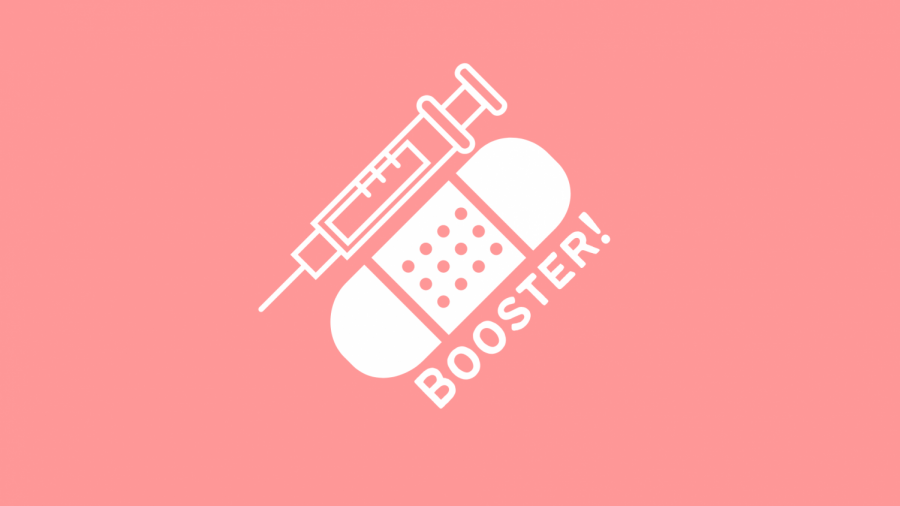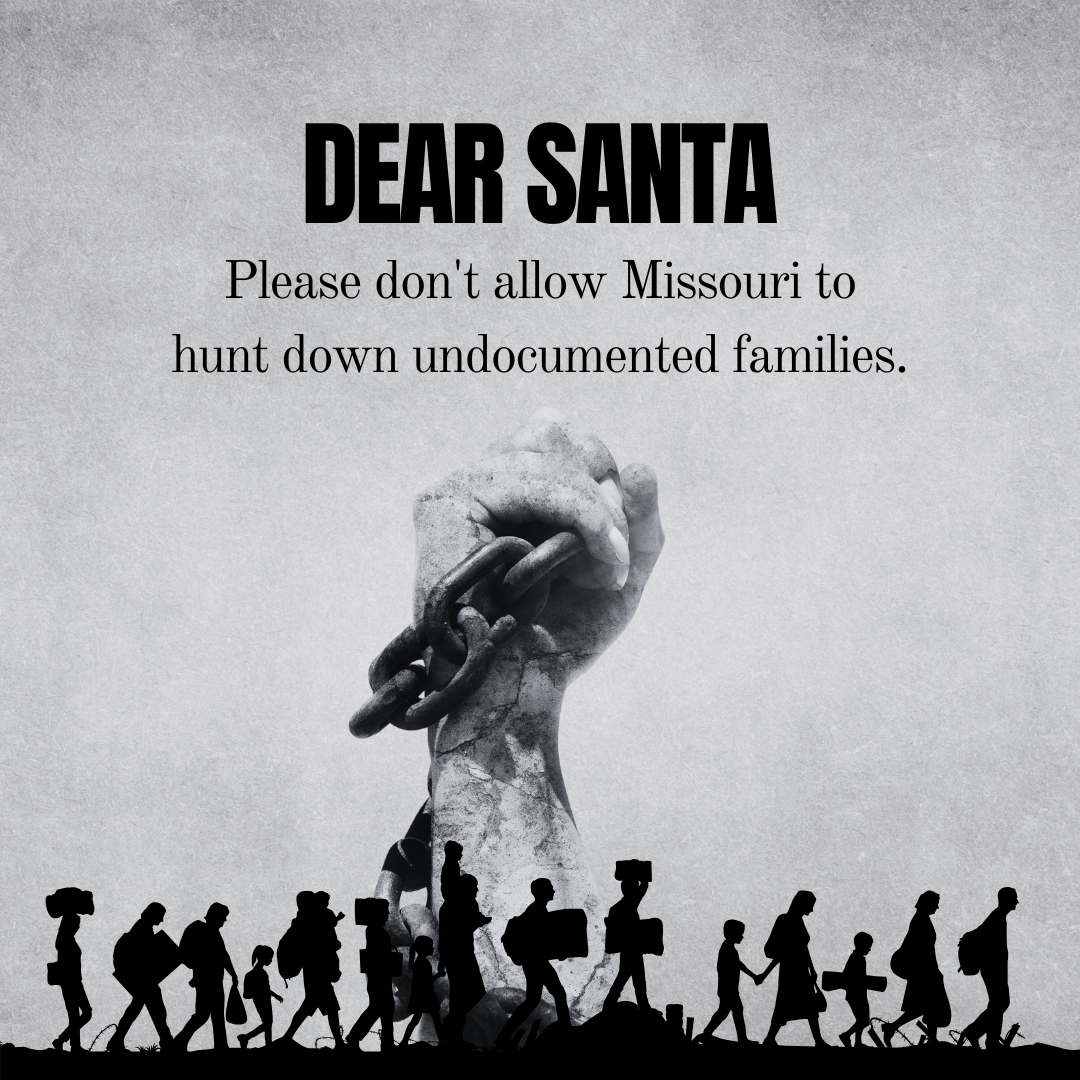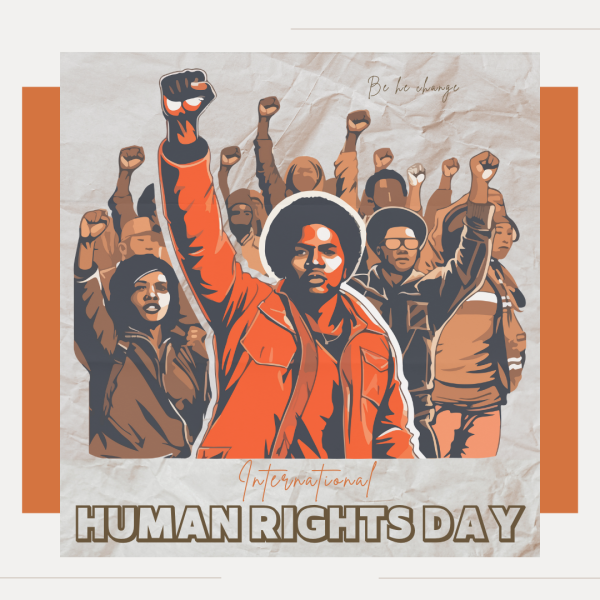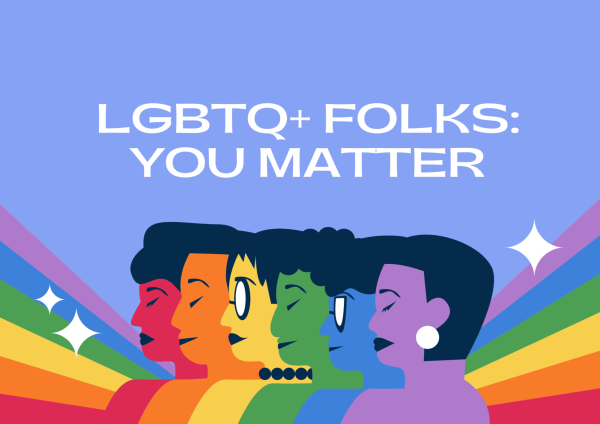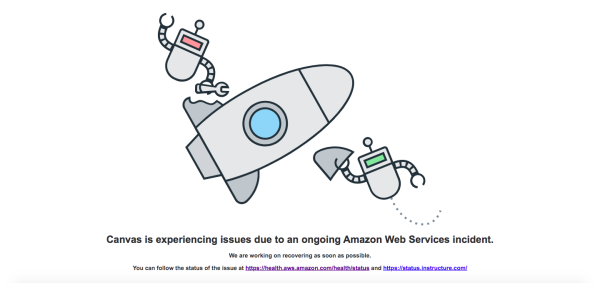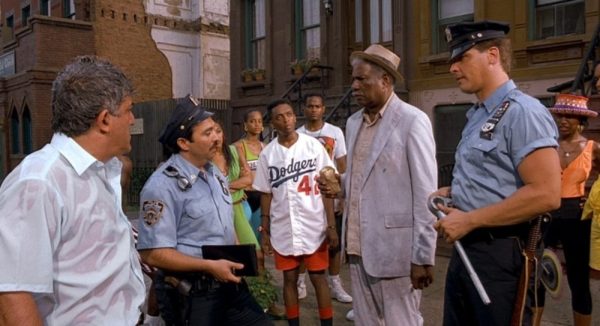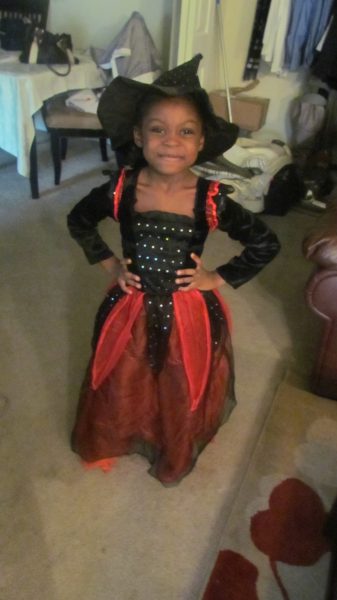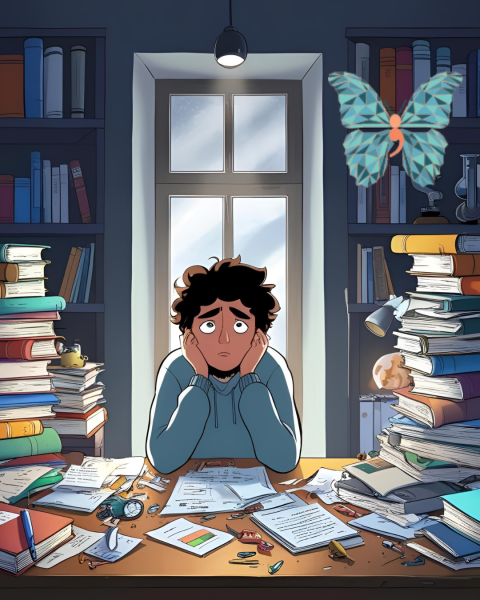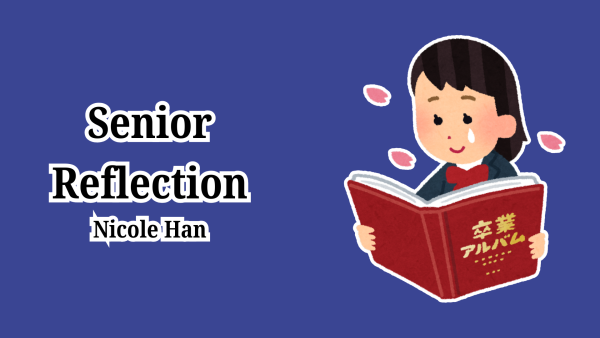Booster shots should be approved for middle and high school students
Booster shots currently aren’t available to middle and high school students, but if we want to “get back to normal” they should be.
Booster shots are available to those in the public who are considered high-risk, and teachers are considered high-risk due to the environment they’re in on a daily basis. Students and teachers are within the same proximity and environment every day, if the shots are available to teachers, why not students?
Throughout the past 20 months, different series of vaccinations have been released to the public subsequently for the COVID-19 pandemic. The vaccine series’ originally included two doses of a shot to address the virus: Pfizer, Moderna, or Johnson and Johnson (null).
The Food and Drug Administration recently approved a third vaccination shot within the vaccine series for adults age 18 and over, six months after their first and second shots. These booster shots are currently only available to high-risk individuals, which does not include students.
Around 58.1% of the United States is fully vaccinated with the first two doses and the number is lower within the student population. Students currently ages five and over can get the first two doses of the Pfizer vaccine series, and many students in middle and high school have been vaccinated. While teachers are required to be vaccinated, high schoolers are only required to get the vaccine if they want to participate in any after-school sports, but vaccinations are highly encouraged for overall safety.
During the school day, masks are off during lunch, including in the cafeteria, and are also off outdoors, even when in close proximity to another student. In the cafeteria, there are always students sitting near each other without masks on for around 38 minutes, without vaccination requirements.
While teachers are considered high-risk for contracting this virus, they also have restrictions on eating with other teachers during lunches or breaks. Compared to the students, teachers are also generally distanced from any student that has the possibility of being unvaccinated, however, students are not considered high-risk.
The vaccination series’ goal is to build individual immunity from the virus and eventually build herd immunity within our population. The immunity from the first two Pfizer shots only lasts six to eight months, hence why an additional booster shot was developed quickly. However, once the students’ immunity from the first two doses wears off, they will be very vulnerable if they still do not have access to the booster shot.
Many high school students received their first vaccine dose in March and April 2021, being fully vaccinated around late May-early June. At the latest, the six-to-eight-month period of immunity for those vaccinated students will wear off by January or February 2022, but many immunities will wear off as early as November and December 2021.
The lack of booster shots for students during this time puts students in a high-risk environment with low immunity, consequently increasing the risk that students will contract COVID-19.
A high number of students also have younger siblings who either haven’t been fully vaccinated or are unable to be fully vaccinated. While masks help, they don’t protect students against unmasked, unvaccinated individuals to the same caliber vaccines can. Allowing fully vaccinated students to obtain the third shot will not only protect them from the virus, but also everyone around them, including family members at very high-risk due to age or compromised immune systems.
Although booster shots should be widely available to students, they are not in this country. Other countries like Israel, however, has approved booster shots for everyone 12 and up with no known issues.
Until the boosters become available for everyone, people need to do their part in keeping each other safe. The only way to “get back to normal” is if necessary immunity is built through vaccinations, everyone stays socially distanced from each other when possible, and everyone wears masks when in the school building or in close proximity to others.
Your donation will support the student journalists of Watkins Mill High School. Your contribution will allow us to purchase equipment and cover our annual website hosting costs.
Ryleigh is a Senior at Watkins Mill High School and Co-Editor in Chief of the Current. She plays varsity field hockey and lacrosse. She currently plans...



